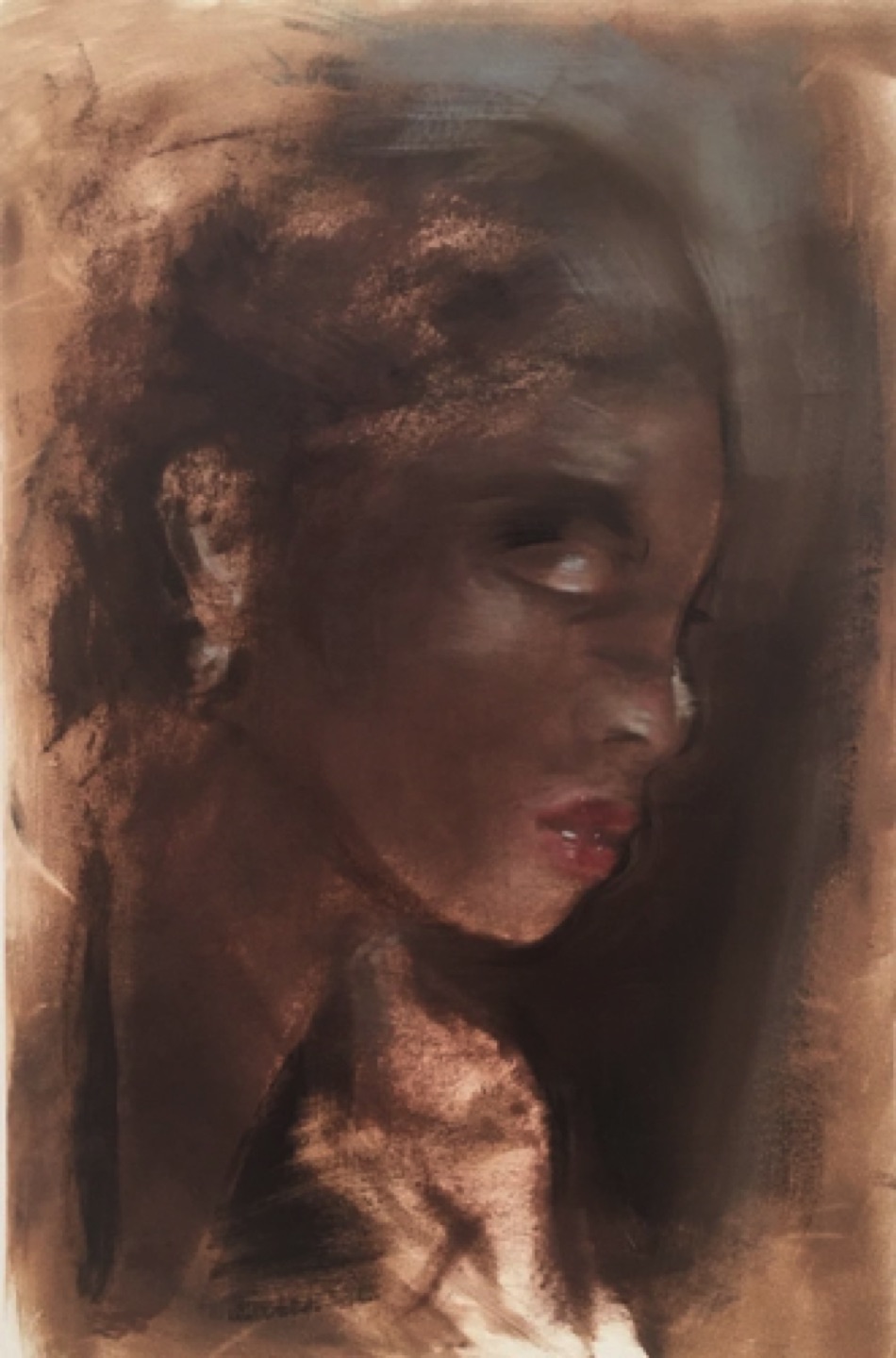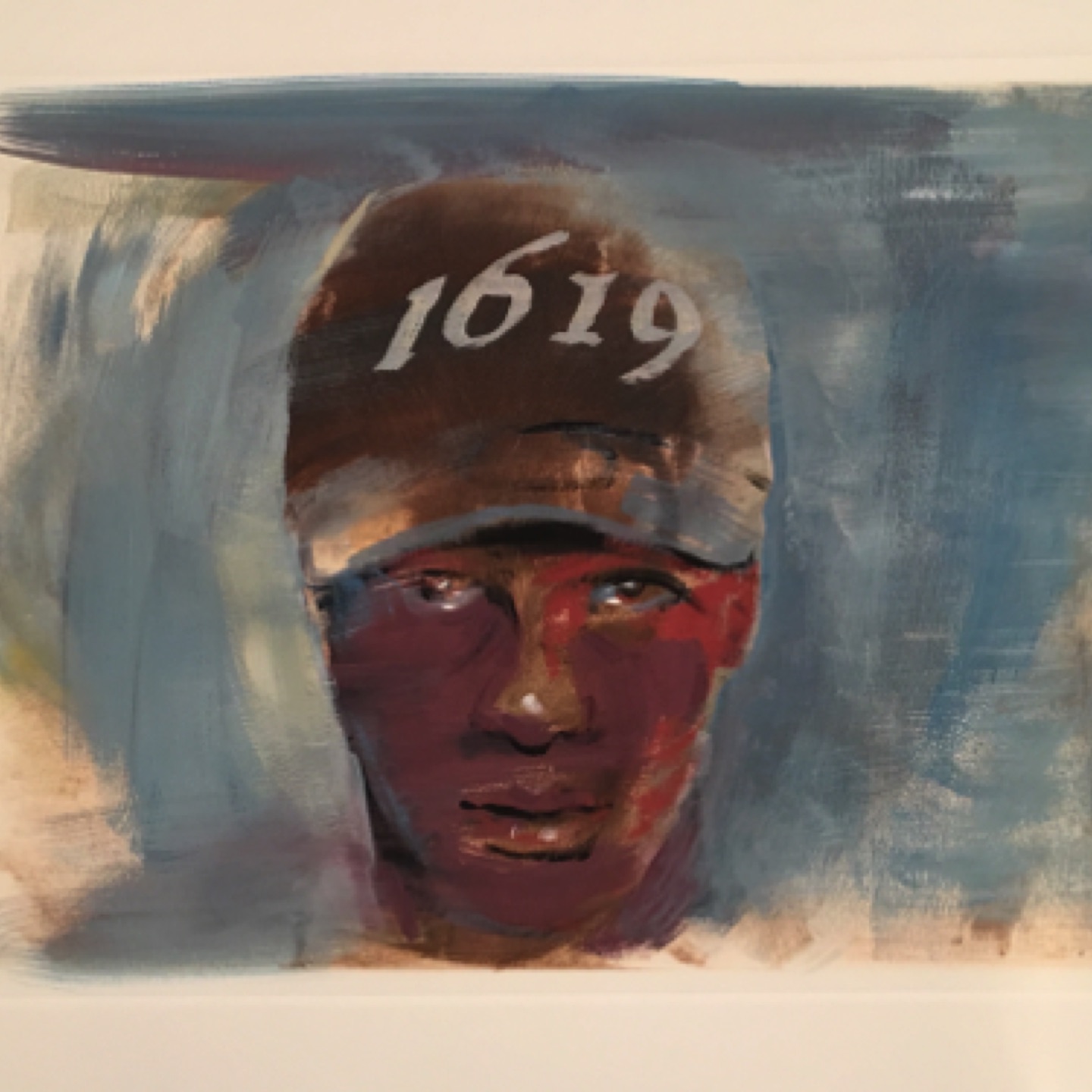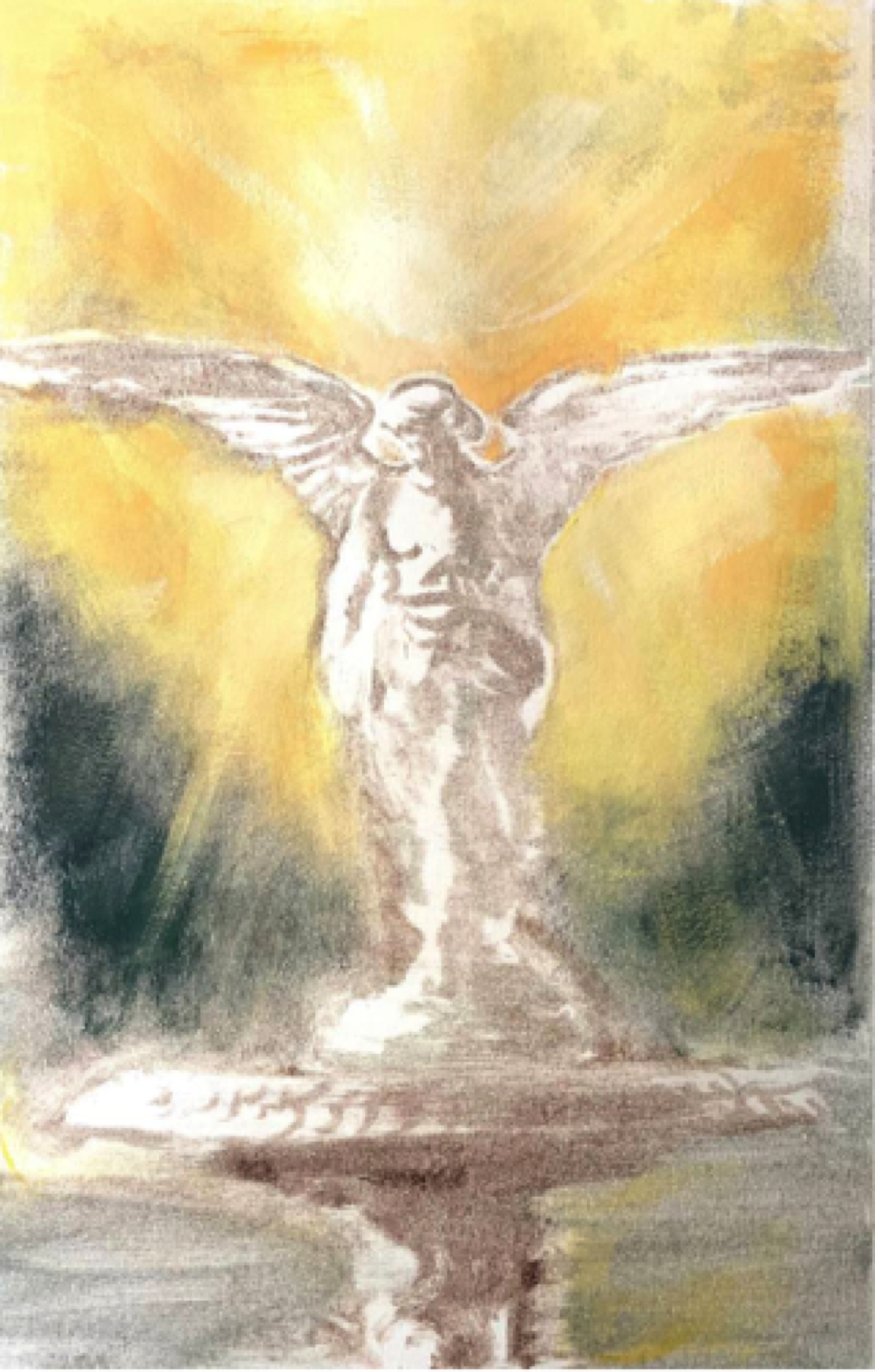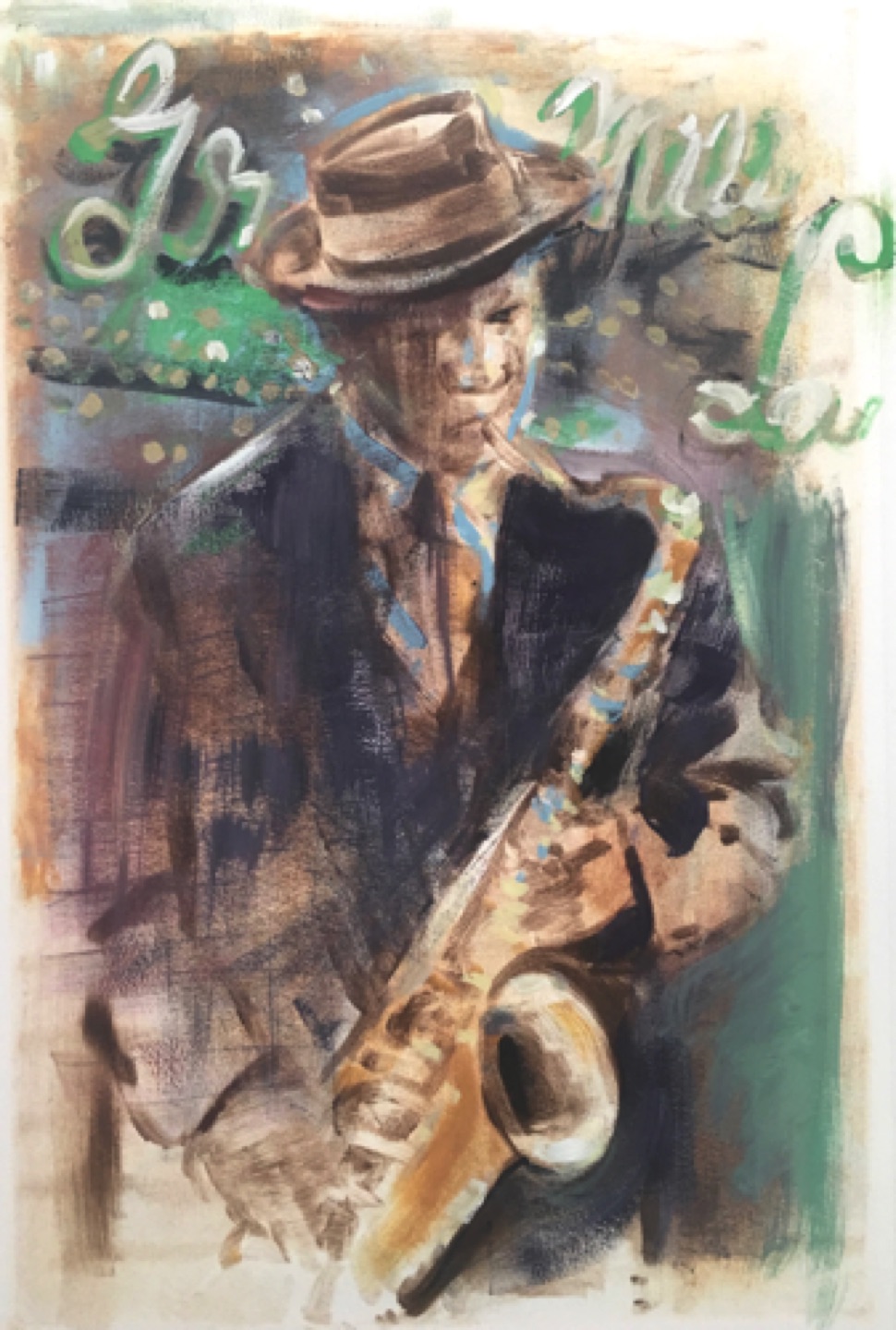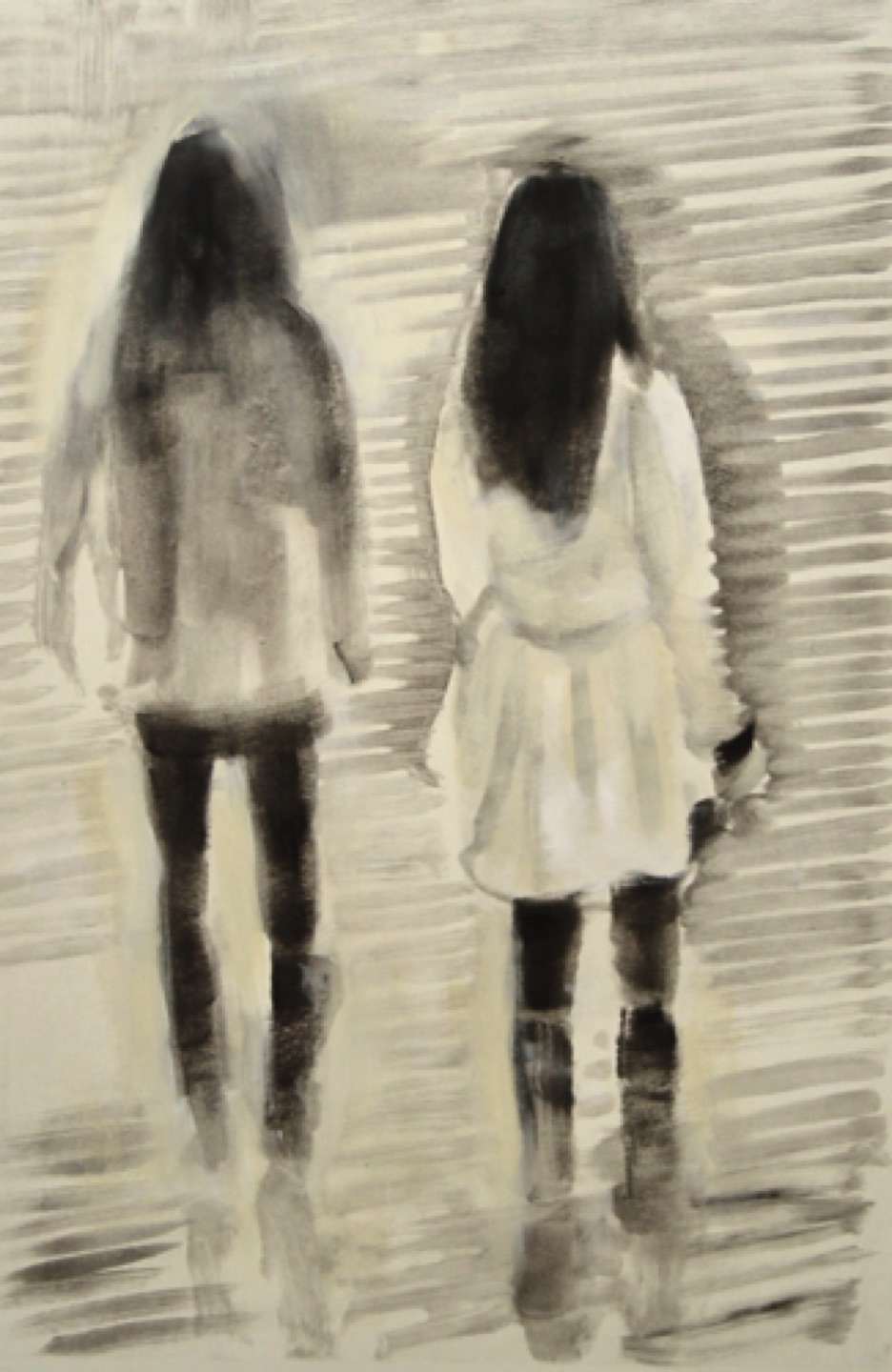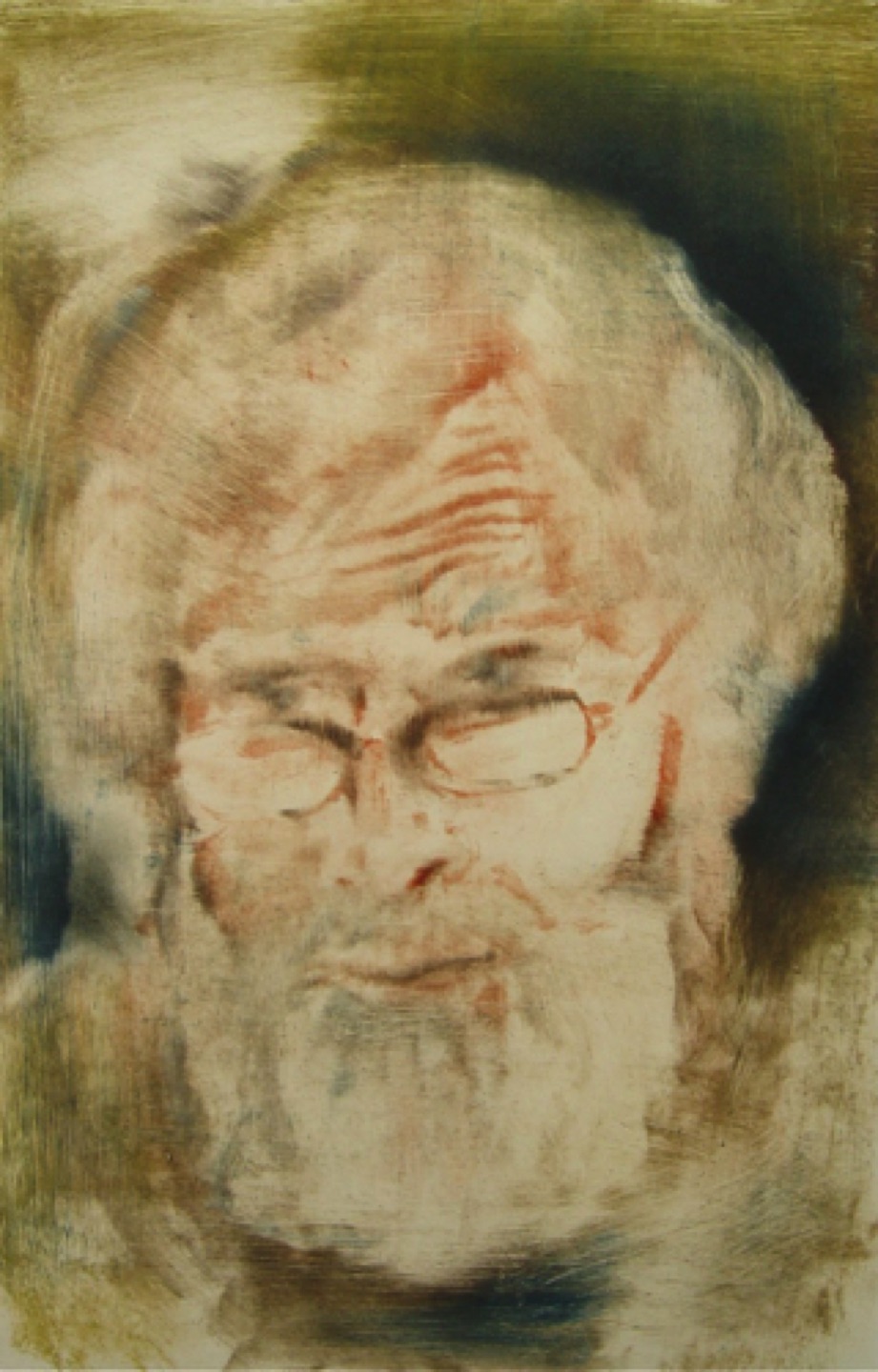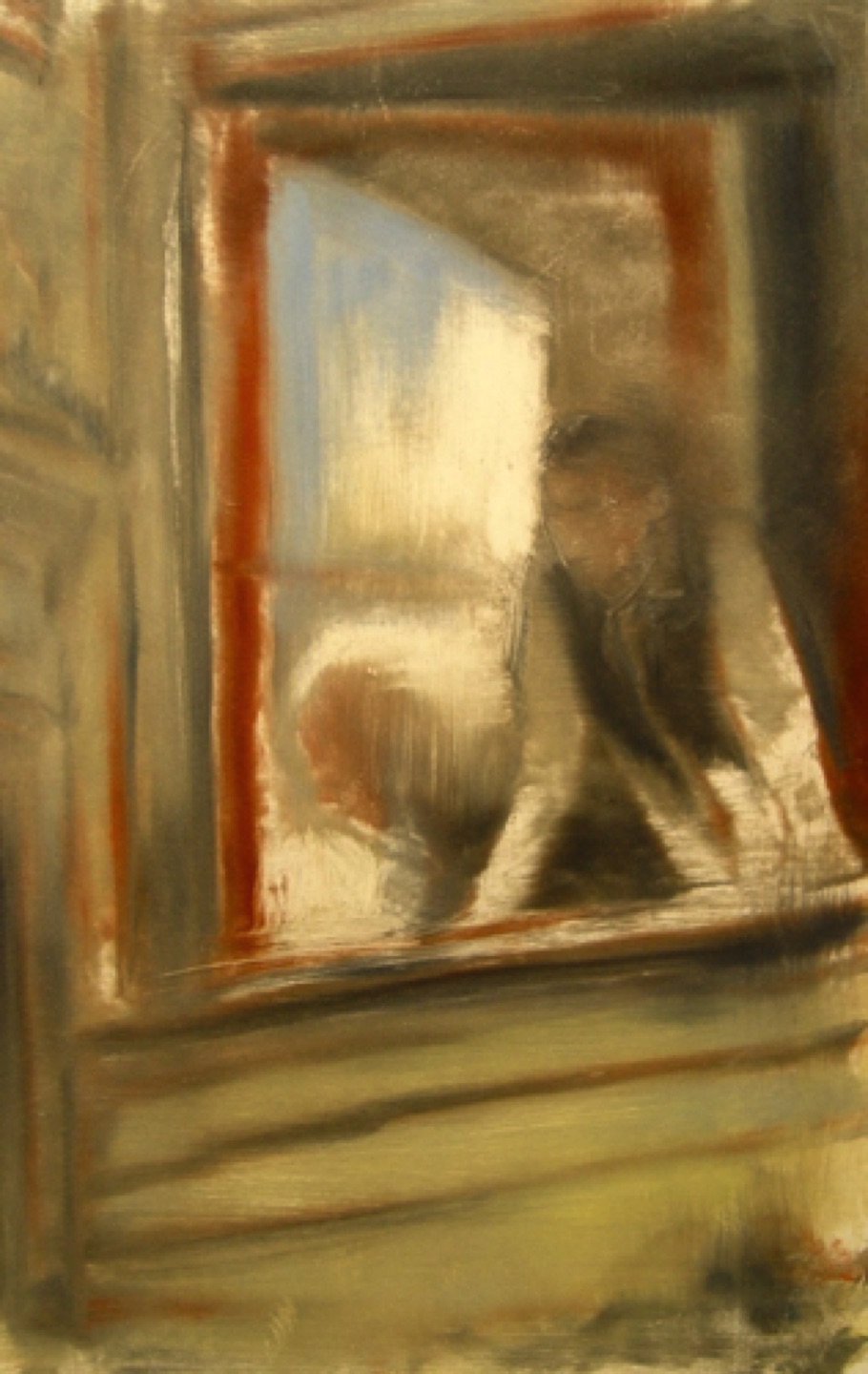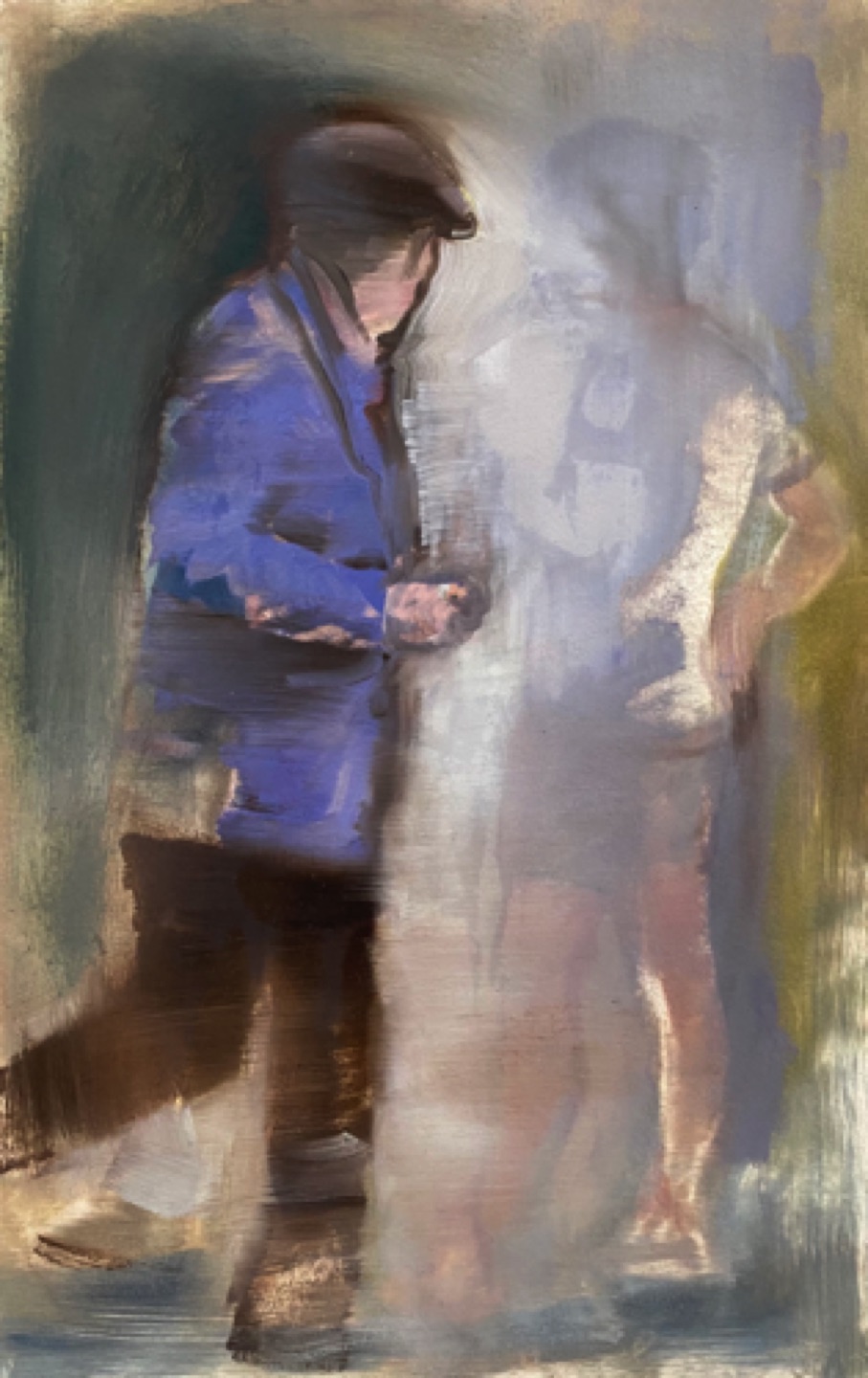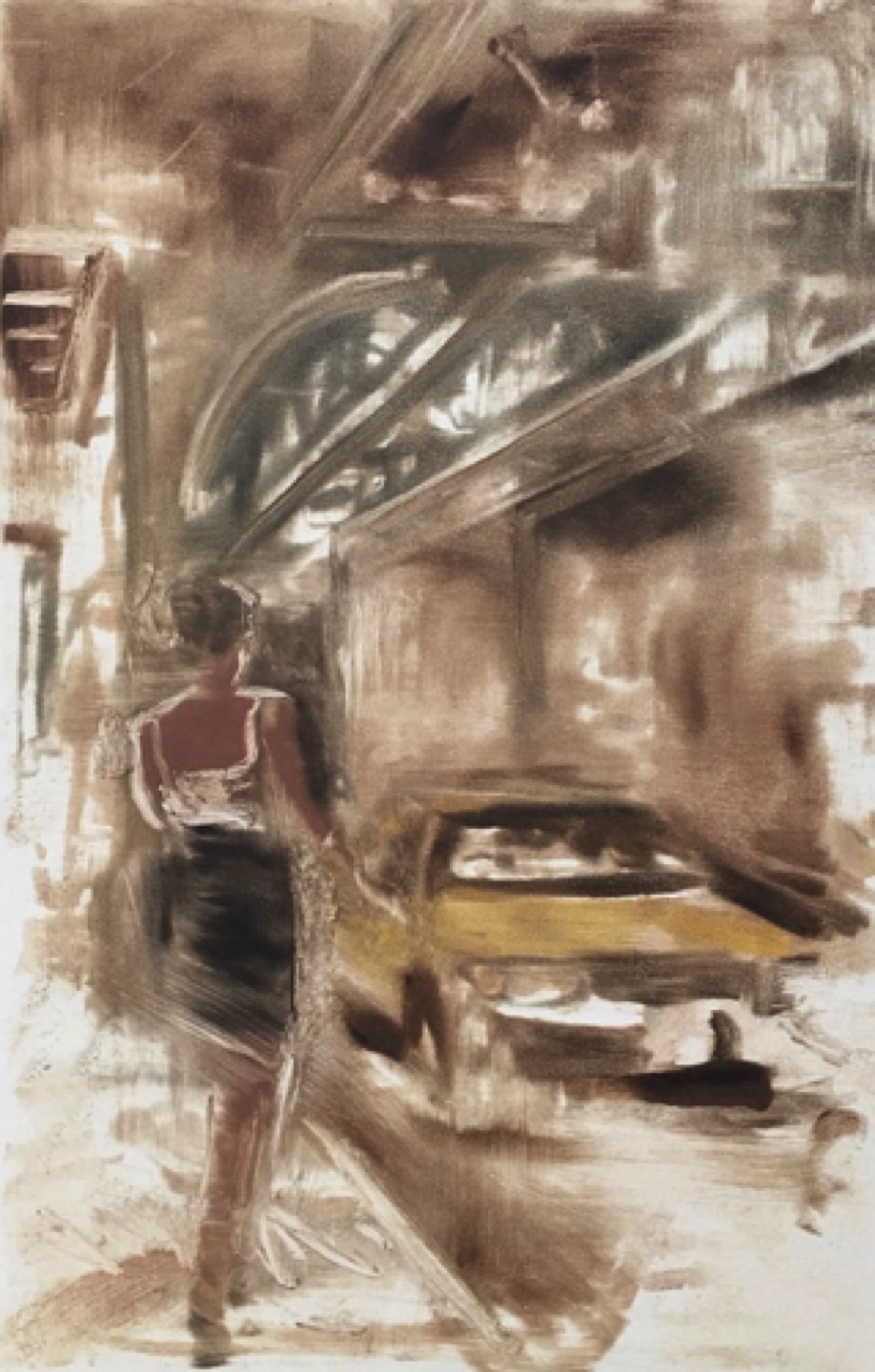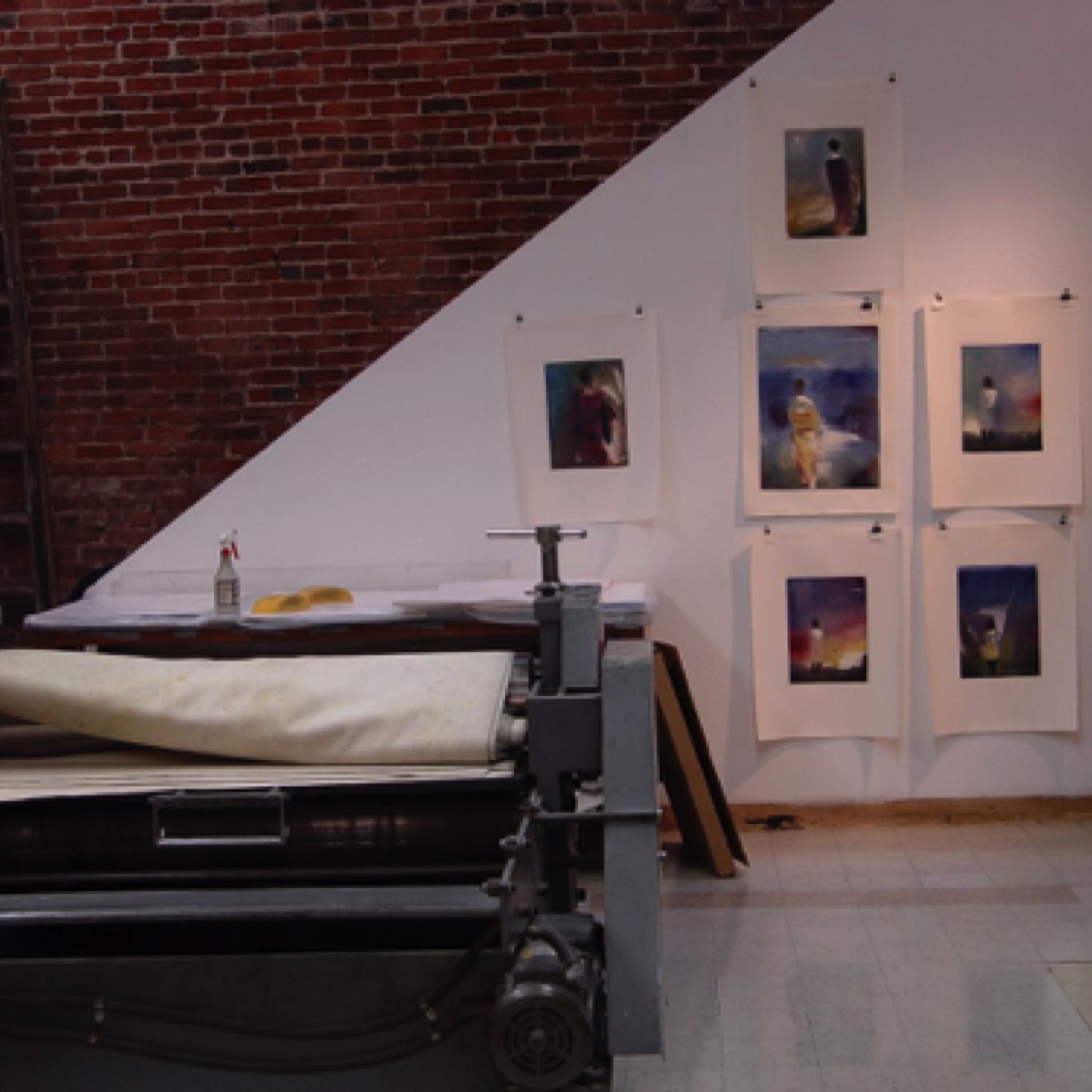Monotypes and More Works on Paper
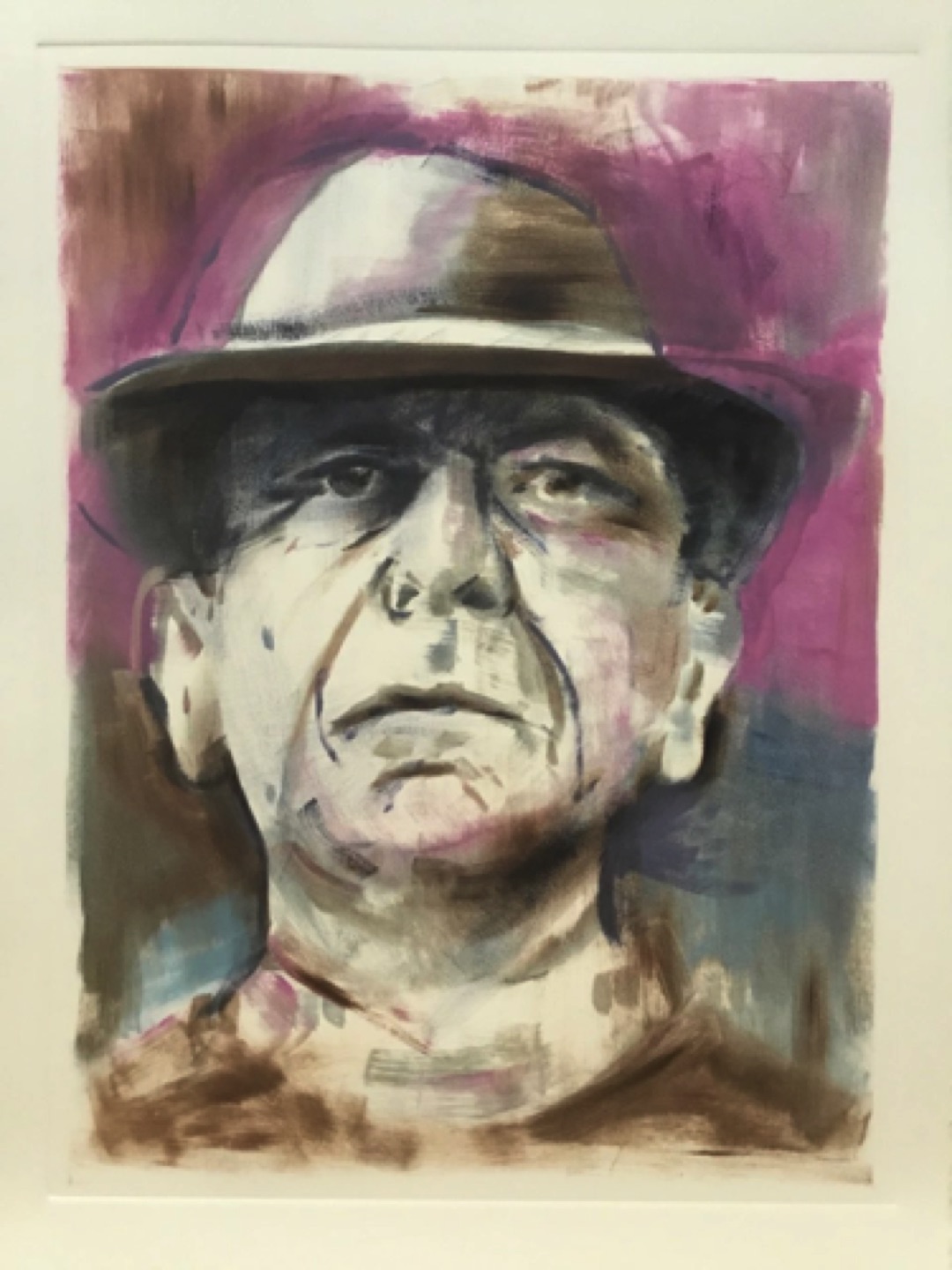
Gregg Chadwick
Leonard Cohen
30”x22” monotype on paper 2018
Private Collection, Los Angeles, California
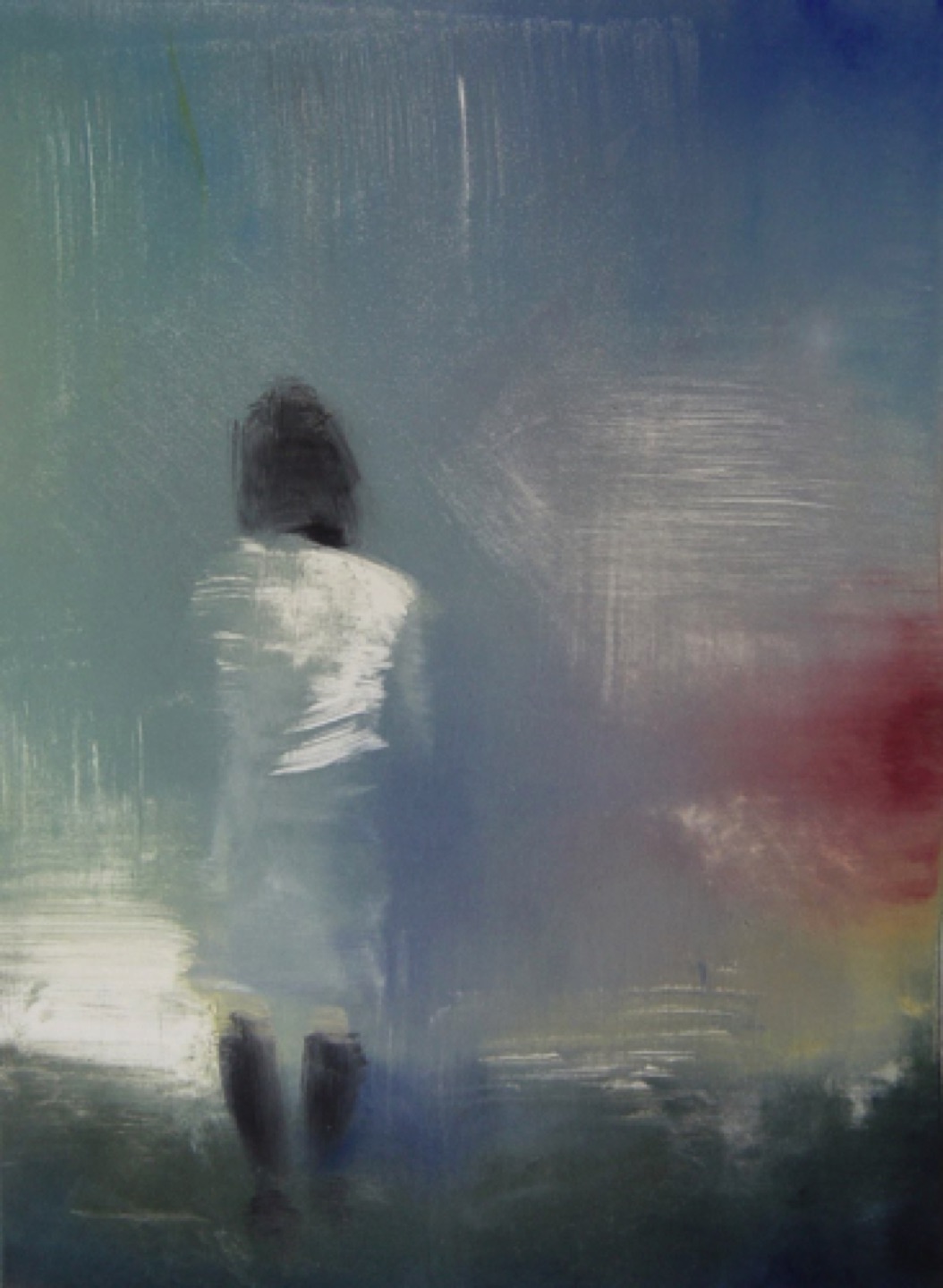
Gregg Chadwick
Beyond Light
30”x22” monotype on paper 2004
Private Collection, San Francisco, California
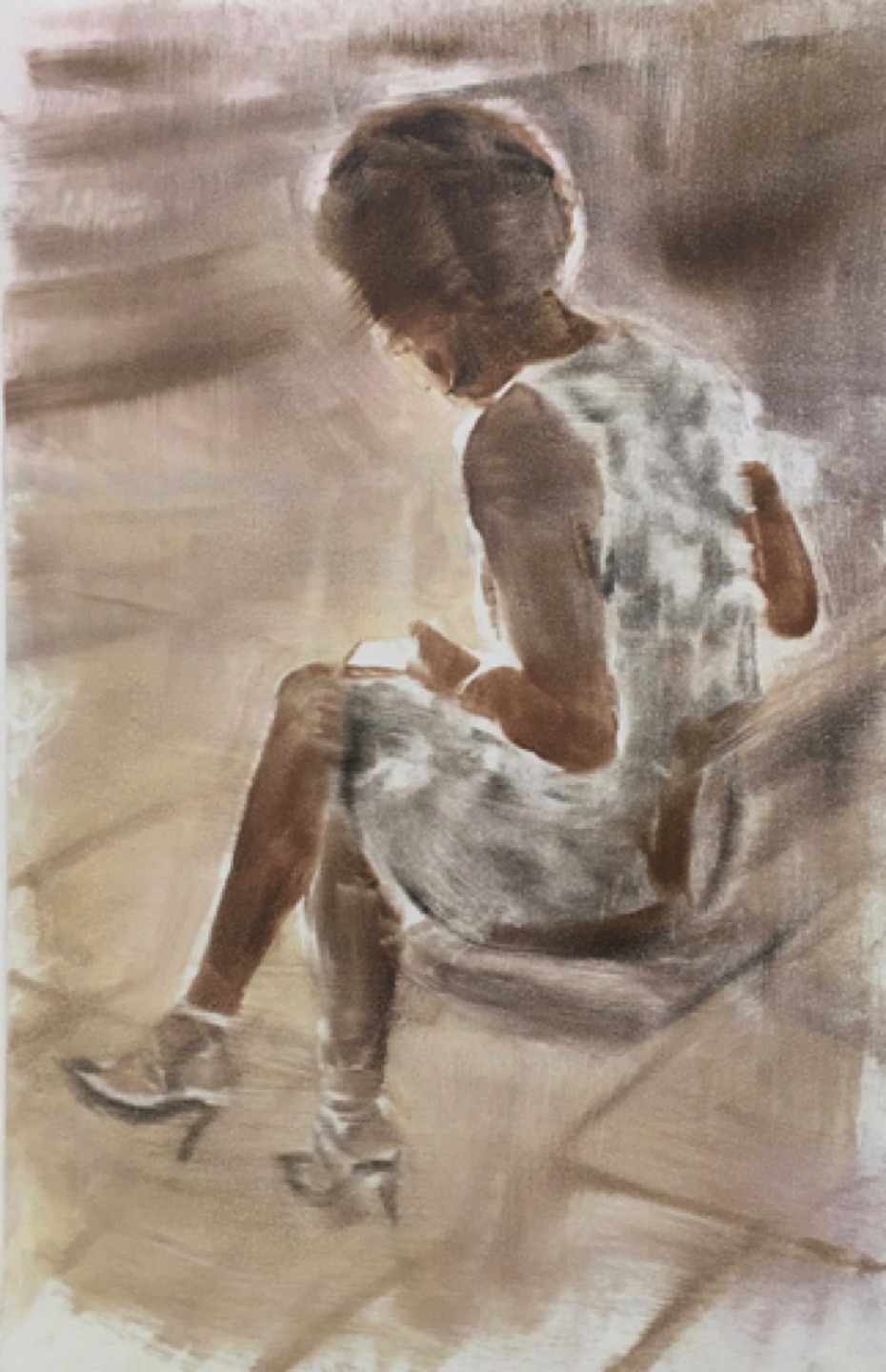
Gregg Chadwick
Dupont Circle
30”x22” monotype on paper 2018
Elsa Barkley Collection, Bethesda, Maryland
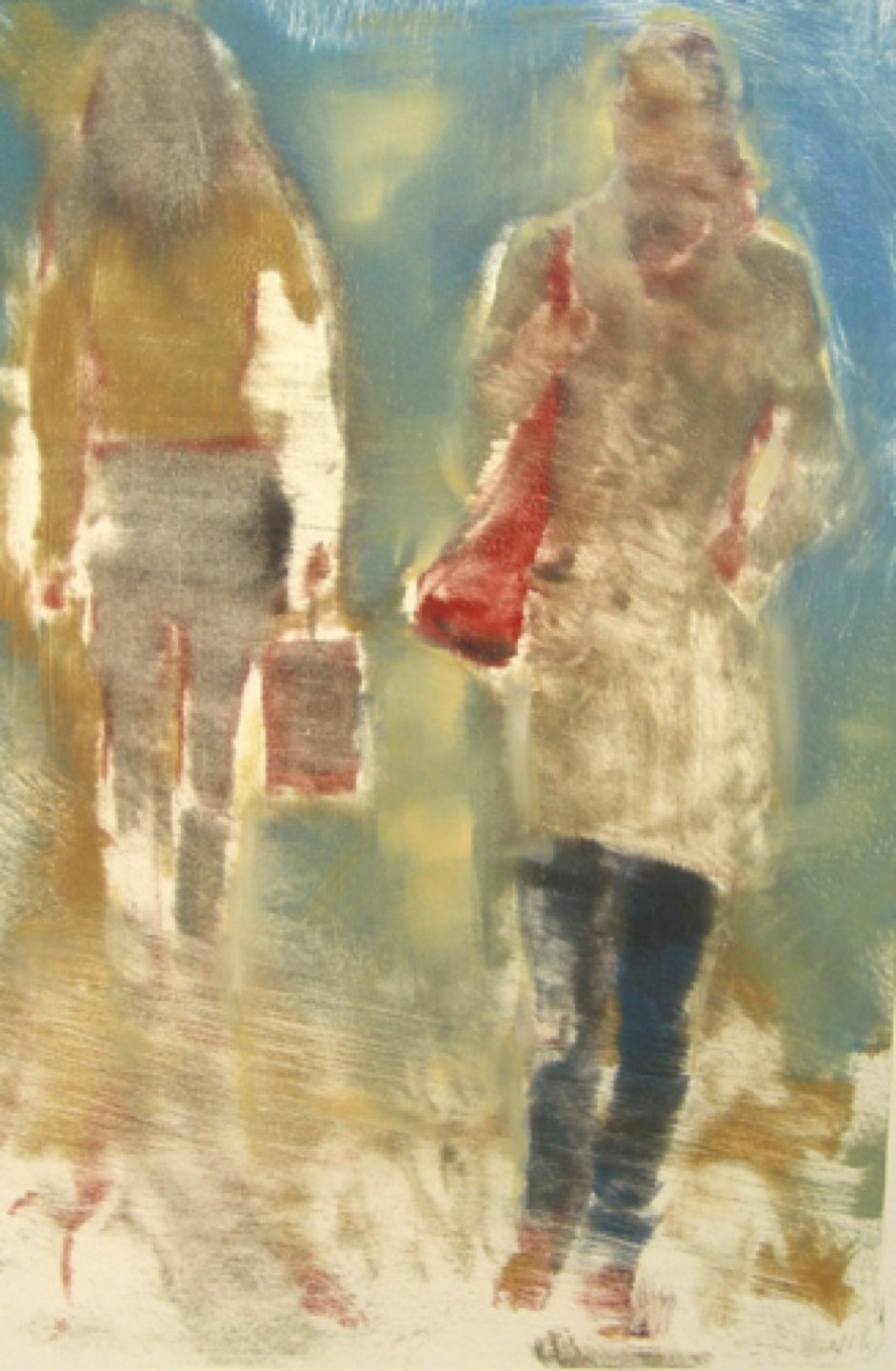
Gregg Chadwick
Passeggiata
30"x22" monotype on paper 2011
Laura Bavlnka Collection, Milwaukee, Wisconsin
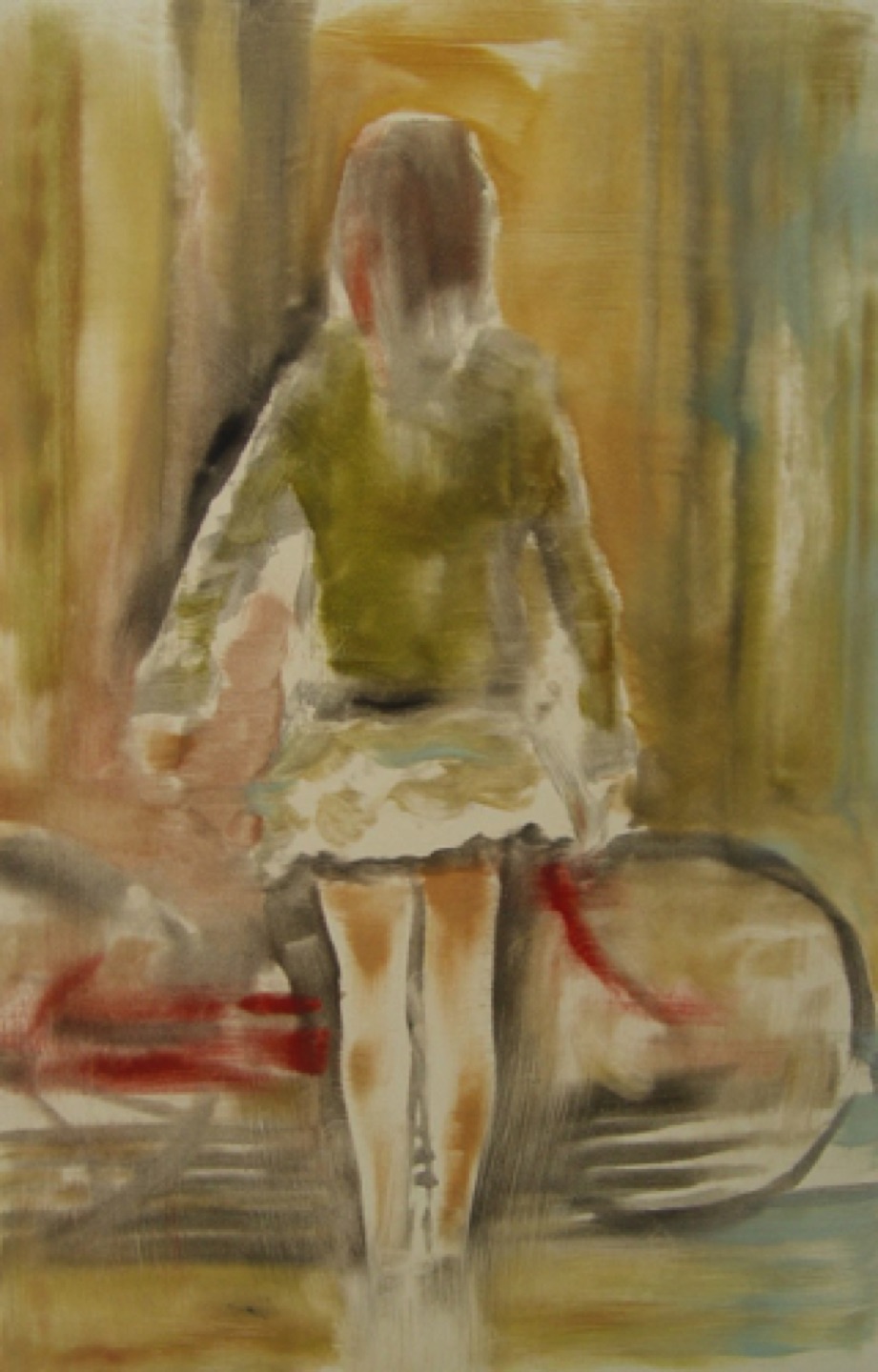
Gregg Chadwick
Stilled Life (Akihabara)
30"x22" monotype on paper 2011
Private Collection, Pittsburgh, Pennsylvania
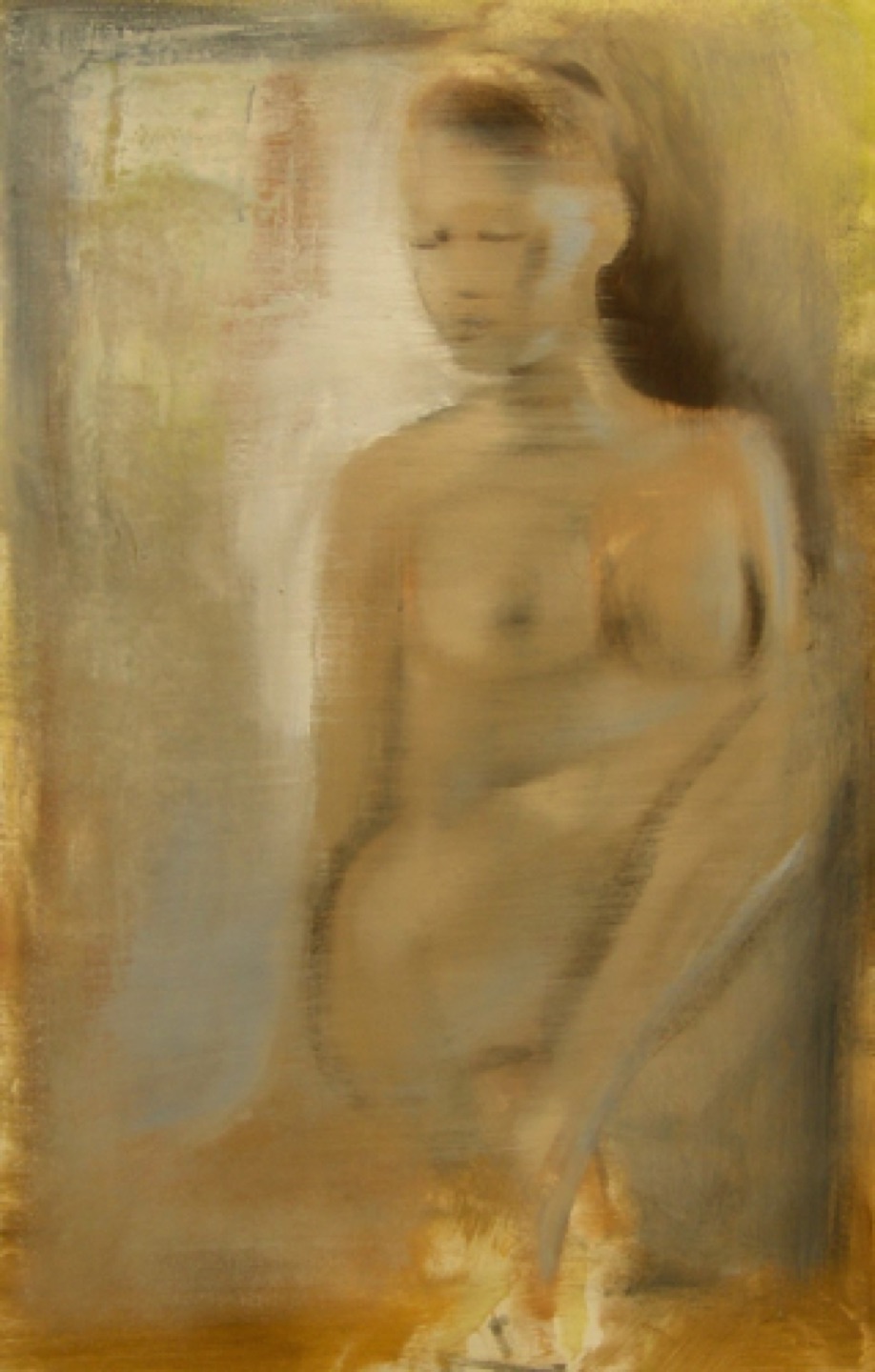
Gregg Chadwick
Golden Gate
30”x22” oil, ink, and monotype on paper 2011
Alana Caudillo Collection, Los Angeles, California

Gregg Chadwick
Stadtgeflüster (City Whispers)
22”x30” monotype on paper 2011
Pavlish Collection, Palos Verdes, California
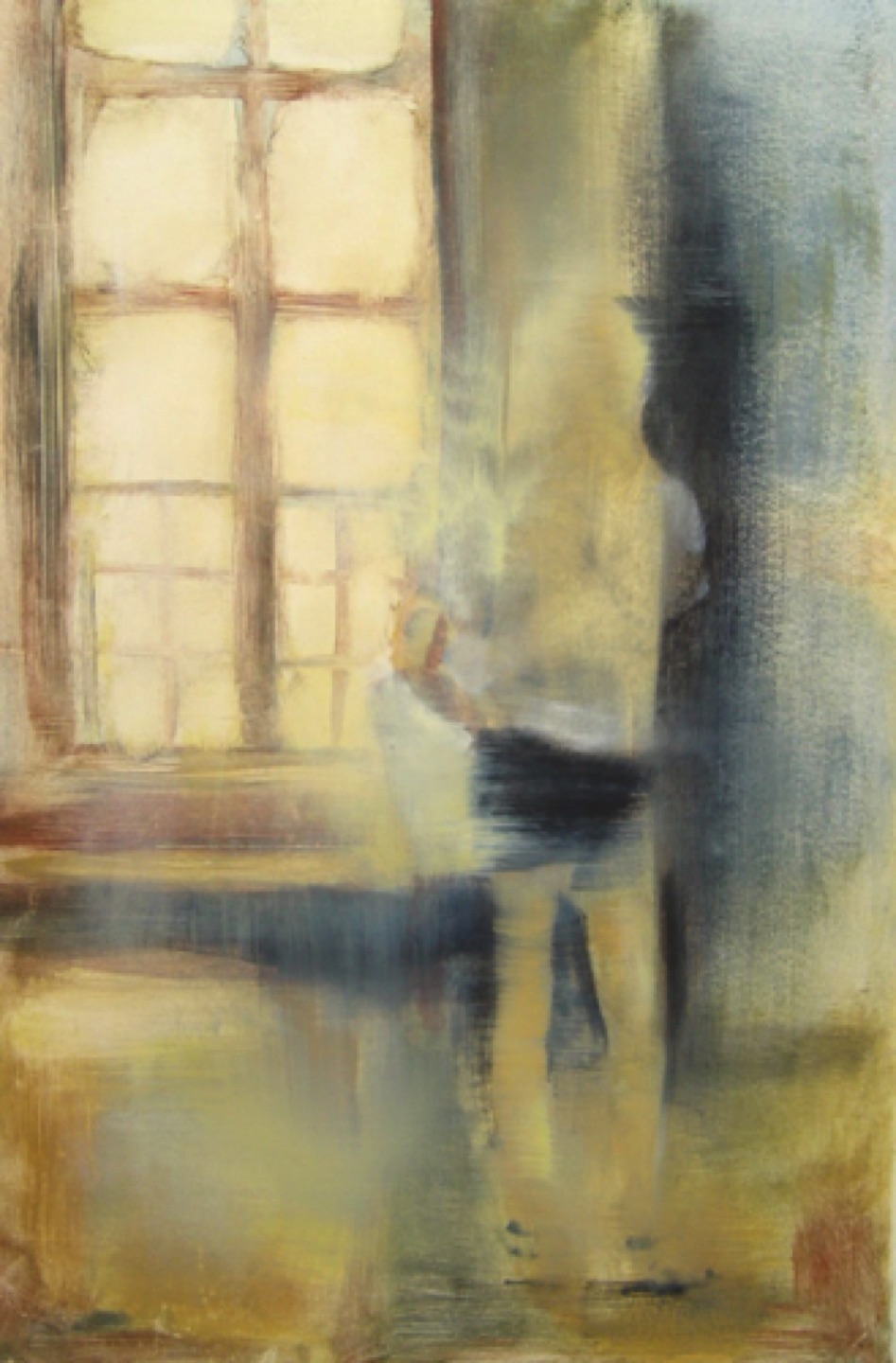
Gregg Chadwick
Der Himmel Draußen (The Sky Outside)
30"x22" monotype on paper 2011
Private Collection, Los Angeles, California

Gregg Chadwick
Time and Water
30”x22” monotype on paper 2011
Private Collection, Los Angeles, California
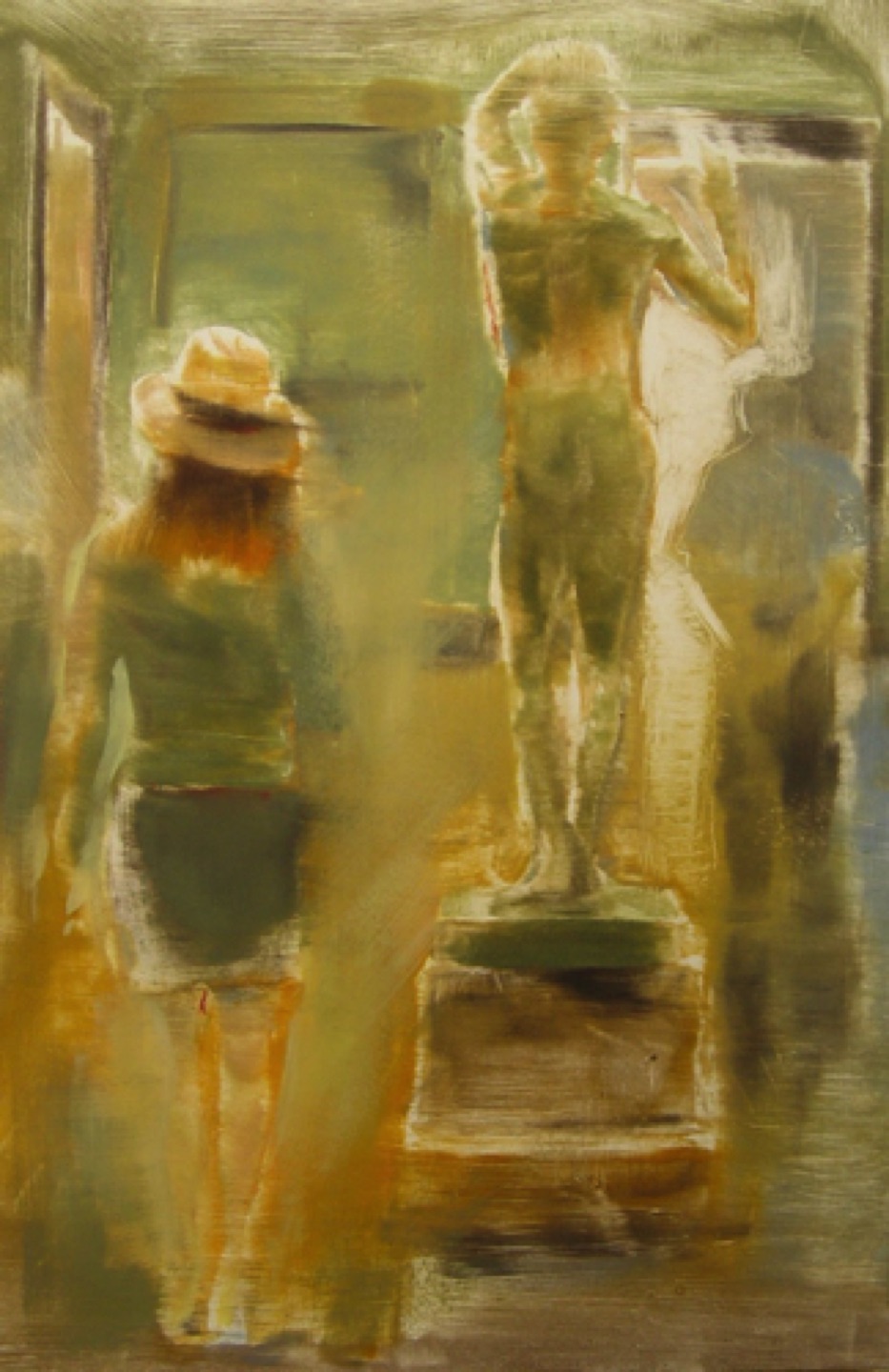
Gregg Chadwick
Das eherne Zeitalter (The Age of Bronze)
30”x22” monotype on paper 2011
Bavlnka Collection, Milwaukee, Wisconsin
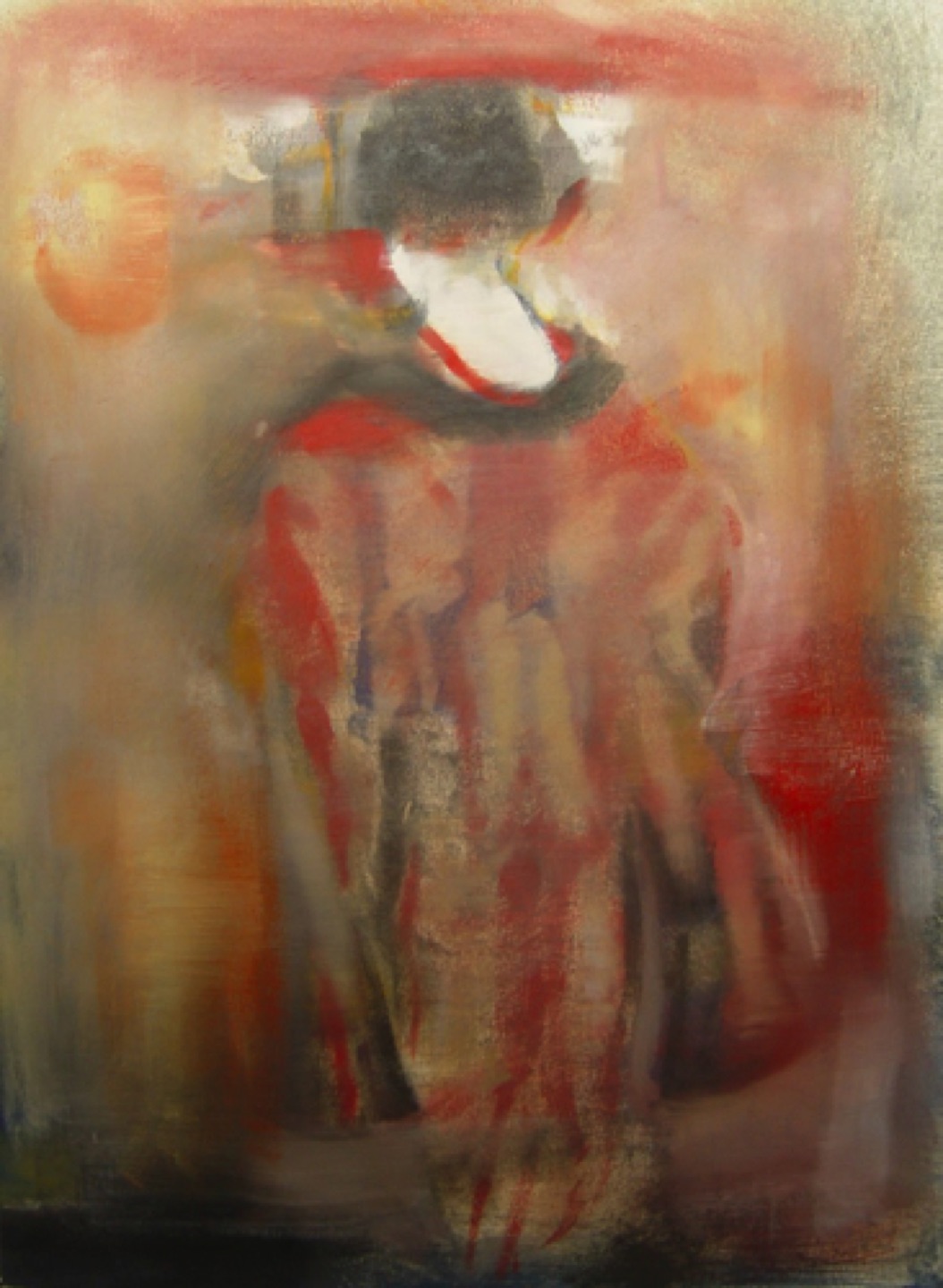
Gregg Chadwick
Madama Butterfly
30”x22” oil, ink, and monotype on paper 2019
Private Collection, Los Angeles, California
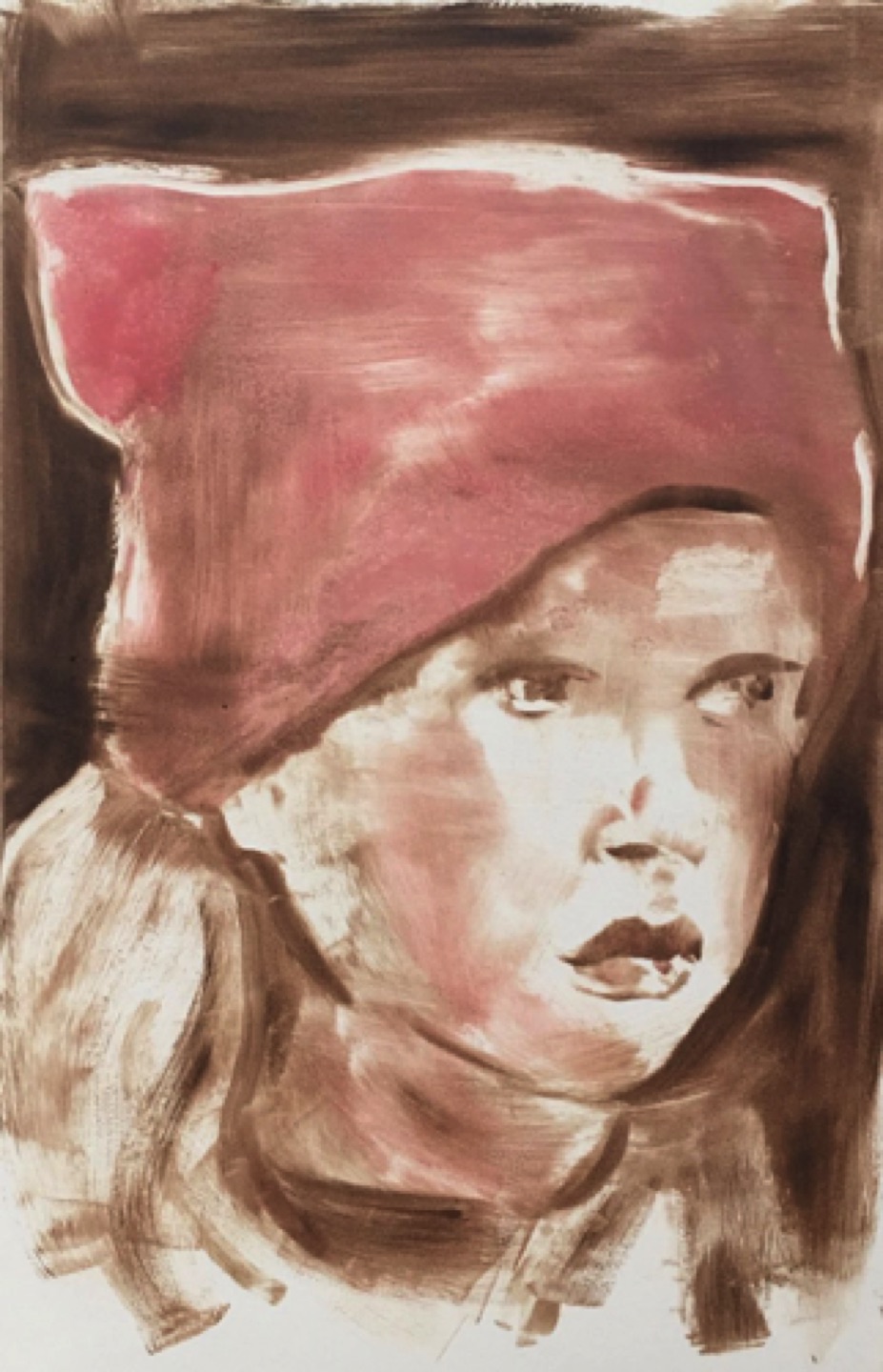
Gregg Chadwick
Generation Pink
30”x22” monotype on paper 2018
Private Collection, Los Angeles, California
Notes on the Monotype Process
Spontaneity characterizes the monotype. A monotype is generally made by brushing printer's ink or oil paint onto a smooth surface such as glass or a metal plate. The image is then transferred to paper before it dries, using a printing press or other means of pressure. I usually use a copper plate on which I paint an idea in oil based etching inks. Next I lay the plate onto the bed of a printing press and put a sheet of blank paper on top of the ink laden plate. The plate and paper are then run through the printing press under great pressure.
Because most of the image is transferred in the printing process, only one strong impression can be taken, hence the term monotype (one print). Additional impressions of the residual image are often printed (ghosts). They are significantly fainter than the first pull, yet at times these lighter, open images are successful as works of art.
The personal nature of the monotype suited experimental artists from William Blake, to Edgar Degas, to Milton Avery, to Mitchell Friedman. These artists used the monotype process to fashion works of great depth and mystery. Their artworks inspire my own.
Available online at Artspace, Saatchi Art, Singulart
